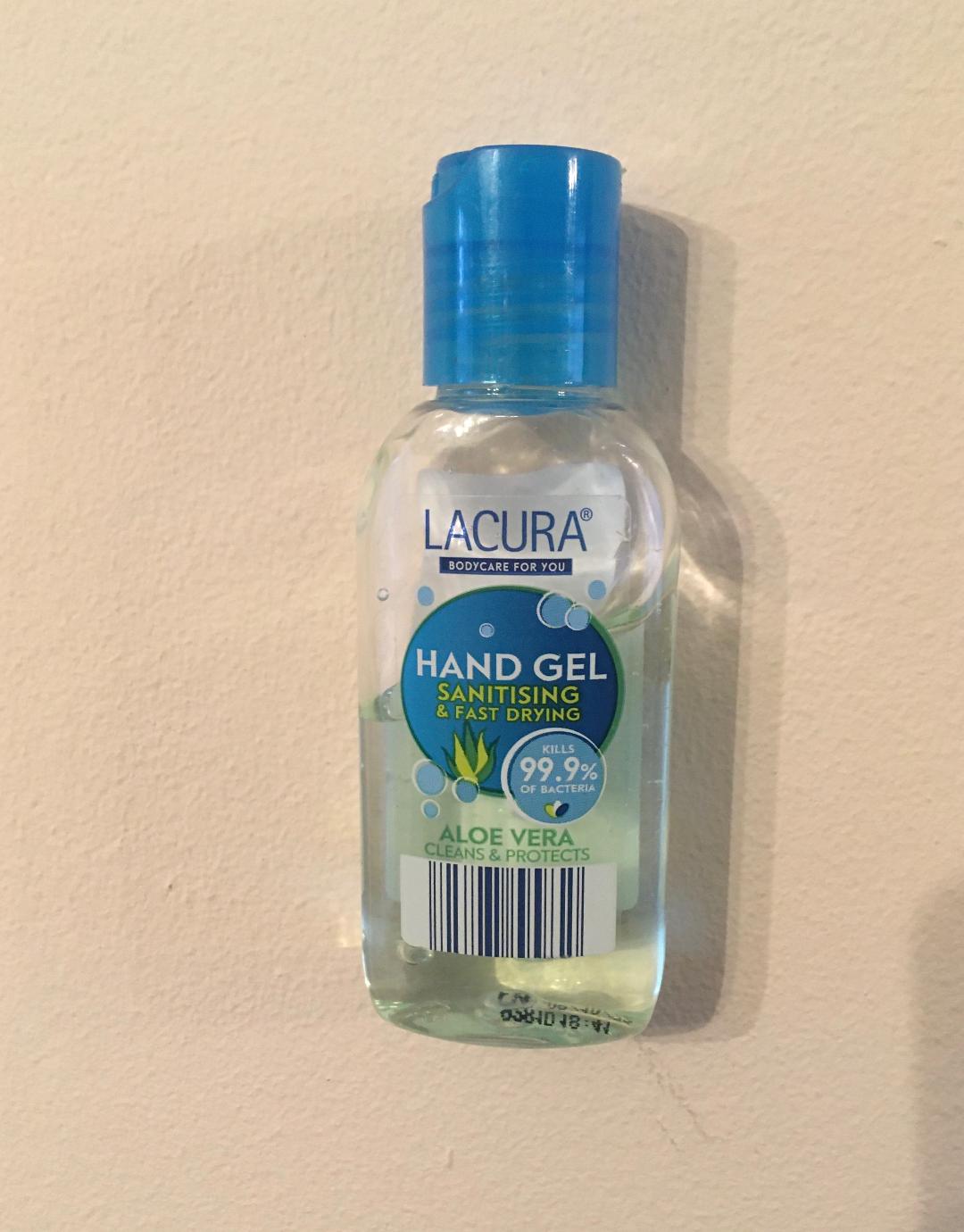


Ignaz Semmelweis (pronounced Simel-vice)
Commonly known as 'The saviour of women', Semmelweis was a Hungarian Doctor who, working at Viena General Hospital demonstrated the effectiveness of handwashing in reducing the spread of infection. Semmelweis noticed that a large number of women were dying of childbirth fever, a bacterial infection that affected new mothers. He further noticed that most of these deaths were from wards where the surgeons did not scrub their hands between patients and operations. Despite this heroic finding, Semmelweis had heated arguments with his supperiors and colleagues who did not agree with him and he died a sad death at a mental asylum.
Semmelweis's findings could be counted as the true origin of the hand sanitisers that we are now using to fight infections like Corona virus and MRSA.
Alexander Fleming
Alexander Fleming was a scientist who worked on a variety of things but he is better known for his famous 1928 experiments in which he was working on bacteria called Staphylococcus which causes sore throats and other illnesses. After leaving some petri dishes with a culture of staphylococcus for some days, he observed that some dishes had mould (fungi) growing in them, in addition to bacteria. What was unusual was that the area near the mould had no bacteria around it. He hypothesised that the mould probably produced a chemical that killed the bacteria and carried out further experiments to verify this. Indeed this came up to be correct and the chemical was later isolated by other scientists and called penicillin after the name of the fungus which produces it- Penicillium notatum, now known as Penicillium chrysogenum.
In his busy scientific life, Fleming published his findings but did not go ahead to isolate penicillin. Other scientists, Howard Florey and Ernst Chain carried out further experiments and isolated and purified penicillin. Penicillin is a very useful antibiotic which kills bacteria by stopping the formation of their cell walls during reproduction. It is used to treat bacterial diseases. Penicillin was very useful in treating wound infections during the 2nd World war. There was a race to produce it in large quantities. More antibiotics have been developed similarly since the discovery of penicillin.
Reflective thoughts:
a) What does this story teach us about scientific discoveries?
b) What does Fleming's story teach us about making scientific observations?
c) Imagine you were Fleming, what other hypotheses could you have come up with?
d) Test Fleming's hypothesis: Make a plan of how you could conduct an investigation to test Fleming's hypothesis. Identify all the 3 kinds of variables (dependent, independent, control).
e) Fleming's busy life- Yeeh, but not the end of the story! Florey and Chain's work- what does this teach us about scientific discoveries and how scientists work? Make a few points to brainstorm and discuss with a friend. Is it fair for others to claim credit rather than the original discoverer? Why, why not?
f) Penicillin has been produced and used in tonnes since World War 2,
i. What have been the problems with its excesssive and indisciminate use?
ii. Give and explain to someone a modern day problem/infection caused by this.
Edward Jenner- The origin (or the explanation of vaccination)
Another big moment in Biology which started from careful, critical observation is the story of Edward Jenner. In the 1780s, smallpox was a devastating disease worldwide. Englishman Jenner observed that people (mainly women) who milked cows caught a mild form of smallpox, called cow pox and never contracted smallpox. His hypothesis was that if you are injected with cowpox (mild), it would make the body able to fight off smallpox (deadly).
His deadly experiment!
Jenner went on to extract cow pox germs/puss from milkmaid Sarah Nelmes’s sores and deliberately infected local farmer’s son James Phipps. Poor boy! James suffered from cowpox and recovered after 6 weeks. Jenner then deliberately infected James with real deadly smallpox germs. Is this guy crazy? Interestingly, James did not catch smallpox: Hooray!-the world’s first vaccination! This procedure is still in use today and has helped save billions of people from infections.
When you are vaccinated, you are injected (or given a dose of) a dead or weakened (attenuated) pathogen or its antigens (proteins). White blood cells detect these as if it were the proper pathogen and start the imune response. They make antibodies to fight of future entry of the pathogen and memory cells to recognise the pathogen in future.
Louis Pasteur
Anyone fancies studying rotting things?
Pasteur was interested in fermentation, a chemical reaction which happens when meat, fruits decay, milk sours, alcohol ferments. Concerned that brewers were losing a lot of beer in France due to beer turning sour, Pasteur looked at beer broth under a microscope. Expecting to find only round yeast (fungus) cells, he also found small rod-shaped cells. This finding led him to conclude that there were ‘bad microbes’ in the broth which cause the beer to turn sour. Pasteur came up with a solution: gently heat the broth to 60 degrees Celsius and allow it to cool before packaging to kill the bad bacteria. This procedure called pasteurisation is still in use today especially with milk, hence Pasteurised milk!
